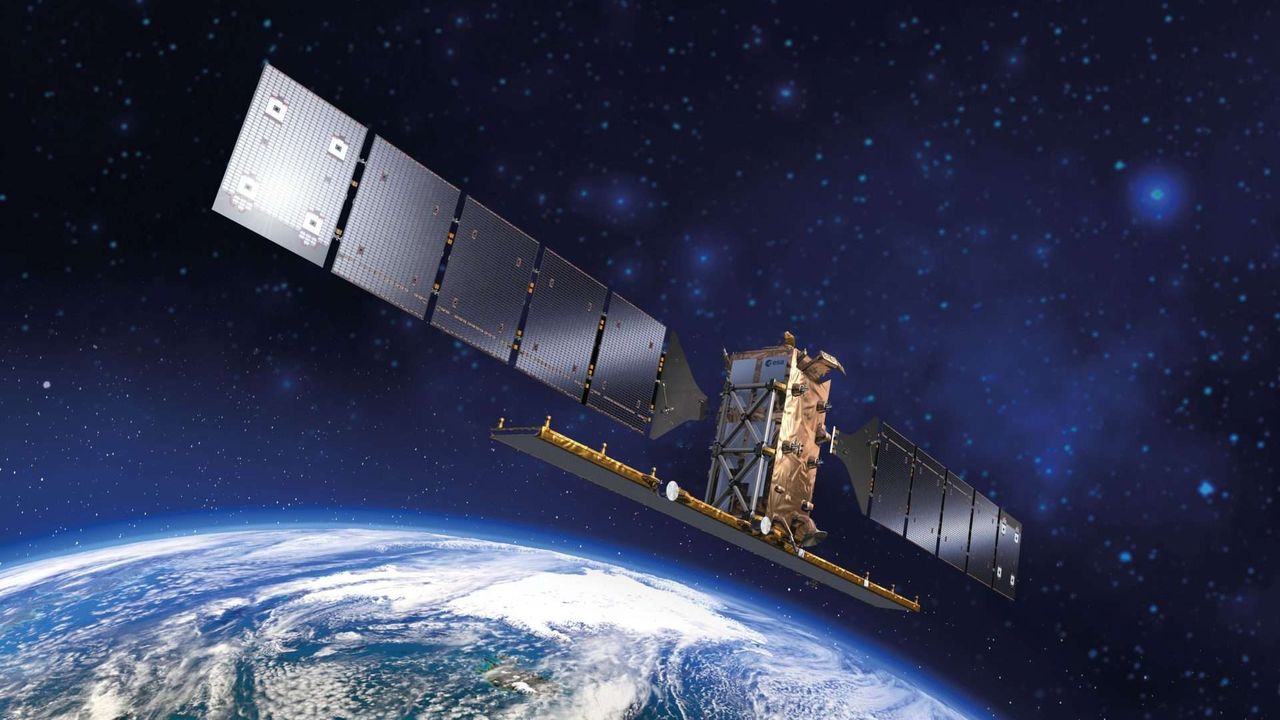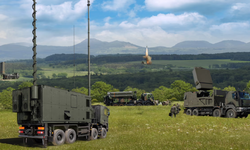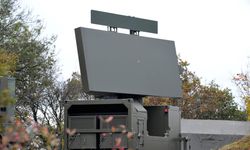The Copernicus Sentinel-1C Earth observation satellite, built by prime contractor Thales Alenia Space, the joint company between Thales (67%) and Leonardo (33%), was successfully launched by a Vega C rocket operated by Arianespace from Europe’s Spaceport in Kourou, French Guiana.
Sentinel-1C is part of Copernicus, the Earth Observation component of the European Union’s Space Program. This program is managed by the European Commission and funded by the EU with a partial contribution of the European Space Agency (ESA), the organization responsible for the development and launches of dedicated Sentinel satellites. ESA also operates some of the missions and ensures the availability of data.
Sentinel-1C will join the Sentinel-1A satellite in orbit, providing images of the Earth’s surface, day and night and in all weather conditions, for a broad array of science applications designed to protect our planet.
This crucial data will be used to monitor landslides, earthquake zones, volcanic activity and variations in polar ice cover. They will also provide valuable insights for monitoring deforestation, the use of water resources and supporting emergency responders and search and rescue teams in the event of natural disasters. In addition, Sentinel-1C is the first satellite of the Sentinel-1 mission to be equipped with an Automatic Identification System payload, enabling it to play a vital role in maritime safety by improving traffic management, avoiding collisions and monitoring ships in critical areas.
The Sentinel-1 mission comprises two satellites in Sun-synchronous orbit operating in tandem to provide optimal global coverage with a 12-day repeat cycle. Their pre-tasking capability means that data can be acquired consistently over long periods, which is essential for analyzing environmental trends. This data is accessible to public authorities, companies and citizens around the world on a free, full and open basis.
As prime contractor for the Sentinel-1 mission on behalf of ESA, Thales Alenia Space is responsible for satellite design, development, integration and testing. Each Sentinel-1 satellite is built on the PRIMA spacecraft bus developed by Thales Alenia Space for the Italian Space Agency (ASI) and carries a C-band synthetic aperture radar (SAR) instrument developed by Airbus Defense & Space. This SAR instrument enables precise mapping at resolutions up to 5 meters and coverage out to 400 kilometers.
Giampiero Di Paolo, Deputy CEO, Senior Vice President Observation, Exploration and Navigation at Thales Alenia Space: “I’m delighted with the successful launch of the Sentinel-1C satellite, which will supply vital radar imagery for a broad array of science applications to help preserve our planet. The teams at Thales Alenia Space, who are contributing to 11 of the 12 missions in the Copernicus program, can be proud of this success, which marks a new phase in our collaboration with the European Commission and the European Space Agency.”
Leonardo contributed to the development of the Sentinel-1C and 1D satellites by supplying the attitude sensors (Autonomous Star Tracker) and the power units that feed the radar, ensuring continuous availability of images.
Data from the Sentinel-1C satellite will be collected by several European centers, including the ground station of the e-GEOS space center, a joint venture between Telespazio (80%) and the Italian space agency (20%), located in Matera, Italy.











